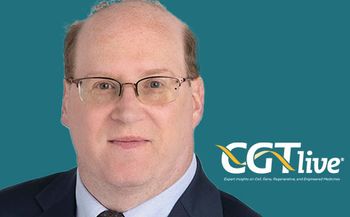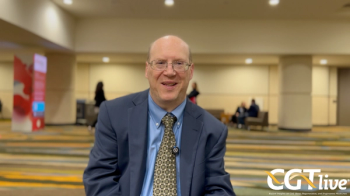
Improving Outcomes in AADC Deficiency With Gene Therapy: Paul Wuh-Liang Hwu, MD, PhD
The professor from National Taiwan University Hospital discussed further research he would like to do with the gene therapy PTC-AADC.
“The response is still partial; the children improved, but not to normal levels... I don't think it's the etiology of treatment that we have to improve on. My hypothesis is that maybe age is a critical factor. So we need to find a way to find the patient earlier to treat the patient earlier. If we can do that, maybe we can further improve their outcomes.”
PTC Therapeutics has been assessing the novel gene therapy PTC-AADC for the potential treatment of aromatic L-Amino acid decarboxylase (AADC) deficiency in 3 clinical trials. Updated data from a 5-year analysis of these trials showed that treatment with the gene therapy led to durable developmental, motor, and cognitive improvements in children with AADC deficiency.1,2
These data, presented at the 50th Child Neurology Society (CNS) Annual Meeting, September 29 to October 2, showed that the treated children were able to hold up their heads and sit or stand with support as early as 3 months after treatment, milestones that are normally not reached in children with the deficiency. Children also had improved communication skills via Bayley-3 scores.
GeneTherapyLive spoke with investigator Paul Wuh-Liang Hwu, MD, PhD, professor, pediatrics, National Taiwan University Hospital, to learn more about AADC deficiency and the difference that the gene therapy is making in treated children’s development. However, he stressed that there is more work to be done to better improve outcomes in treated children.
REFERENCES
1. Results show long-lasting and holistic improvements in children with AADC deficiency treated with PTC-AADC gene therapy. News release. PTC Therapeutics. September 29, 2021. https://www.prnewswire.com/news-releases/results-show-long-lasting-and-holistic-improvements-in-children-with-aadc-deficiency-treated-with-ptc-aadc-gene-therapy-301387687.html
2. Hwu PWL, Kiening K, Anselm I, et al. Gene therapy in the putamen for curing AADC deficiency and Parkinson's disease. EMBO Mol Med. 2021;13:e14712. doi: 10.15252/emmm.202114712
Newsletter
Stay at the forefront of cutting-edge science with CGT—your direct line to expert insights, breakthrough data, and real-time coverage of the latest advancements in cell and gene therapy.











































